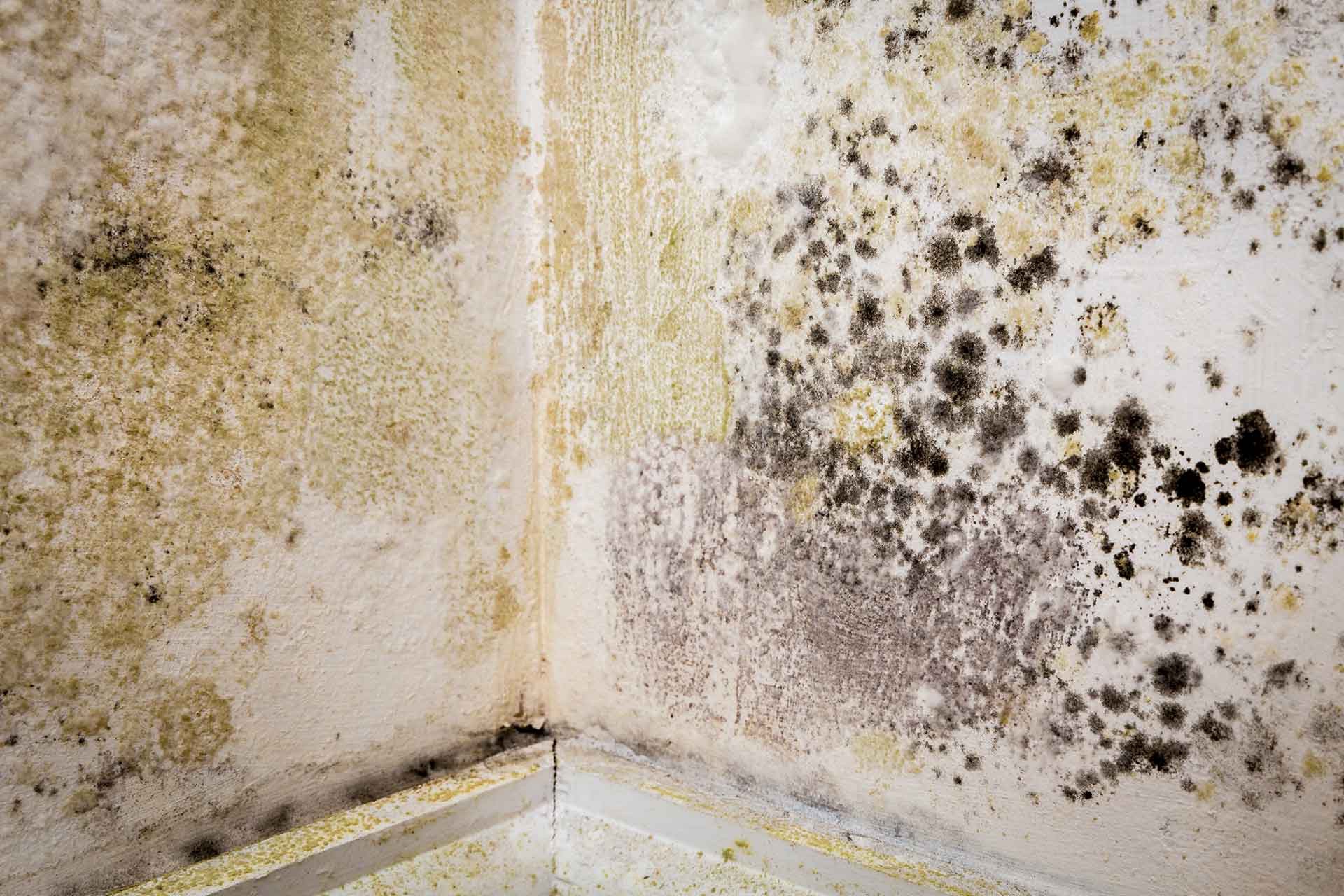Dampness is a common household issue that many individuals encounter at some point in their lives. It refers to the presence of excessive moisture or water in a building, which can lead to various problems if left unaddressed. In this essay, we will explore the concept of dampness, its causes, effects, and potential solutions.
Dampness is a condition that occurs when moisture accumulates in a building, leading to a range of problems such as mold growth, structural damage, and health hazards. It can be caused by various factors, including leaks, condensation, and rising damp. Understanding the causes and effects of dampness is crucial in order to prevent its occurrence and mitigate its consequences.
- Causes of Dampness:
a. Leaks: One of the primary causes of dampness is water leakage from pipes, roofs, or windows. These leaks can result from damaged or poorly installed plumbing systems, aging infrastructure, or extreme weather conditions.
b. Condensation: When warm air comes into contact with cold surfaces, condensation occurs. This can happen in poorly ventilated areas, such as bathrooms and kitchens, where steam and moisture are generated regularly.
c. Rising Damp: Rising damp occurs when groundwater seeps into the walls or floors of a building due to inadequate damp-proofing measures. This can be caused by a lack of waterproof membranes or damaged barriers. - Effects of Dampness:
a. Mold and Mildew: Damp environments provide ideal conditions for mold and mildew growth. These fungi not only cause an unpleasant odor but can also trigger respiratory problems and allergies.
b. Structural Damage: Excessive moisture weakens the structural integrity of a building. It can lead to rotting of wooden elements, corrosion of metal structures, and deterioration of masonry, compromising the stability of the entire structure.
c. Health Hazards: Dampness can contribute to the development of respiratory issues, such as asthma and bronchitis. It can also worsen existing conditions, particularly in individuals with compromised immune systems. - Solutions to Dampness:
a. Proper Ventilation: Ensuring adequate ventilation in areas prone to moisture, such as bathrooms and kitchens, can help reduce condensation. Installing extractor fans or opening windows regularly can improve air circulation and prevent dampness.
b. Repairing Leaks: Promptly addressing any leaks in plumbing systems, roofs, or windows is crucial to prevent further moisture from entering the building. This may involve fixing damaged pipes, replacing worn-out seals, or repairing roof leaks.
c. Damp-proofing: Implementing effective damp-proofing measures can help prevent rising damp. This may include installing damp-proof membranes, applying waterproof coatings, or using damp-proof courses during construction or renovation.
d. Proper insulation: Insulating walls, floors, and roofs can help prevent condensation by maintaining a consistent temperature and reducing the likelihood of cold surfaces. This can be achieved through the use of insulation materials such as foam, fiberglass, or cellulose.
e. Regular maintenance: Regularly inspecting and maintaining the building’s infrastructure can help identify and address potential sources of dampness before they become major issues. This may involve checking for leaks, repairing damaged seals, and ensuring proper drainage systems.
f. Controlling humidity: Using dehumidifiers or moisture-absorbing materials can help control humidity levels in areas prone to dampness. This can be particularly useful in basements, crawl spaces, or other areas with limited ventilation.
g. Proper landscaping: Ensuring proper drainage around the building can help prevent water accumulation near the foundation, which can lead to rising damp. This may involve grading the land away from the building, installing drainage systems, or using waterproofing materials.
Dampness is a common household issue that can have significant consequences if left unaddressed. Understanding the causes and effects of dampness is crucial in order to prevent its occurrence and mitigate its consequences. By implementing proper ventilation, repairing leaks, damp-proofing, insulating, and conducting regular maintenance, individuals can effectively combat dampness and maintain a healthy and structurally sound living environment.
Contact us today for surveying in London.

